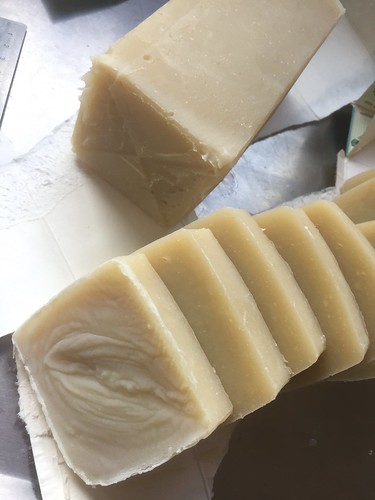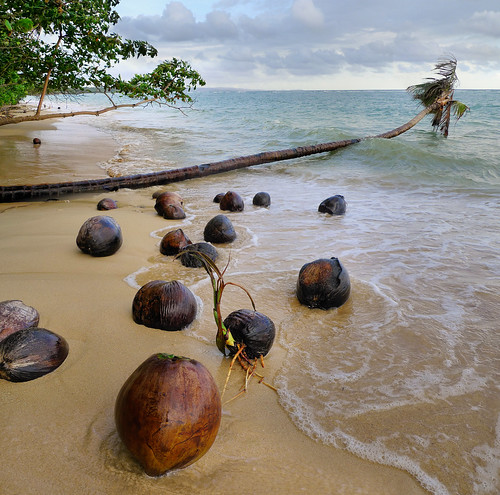Beach Lily Shampoo Bar and Body Butter
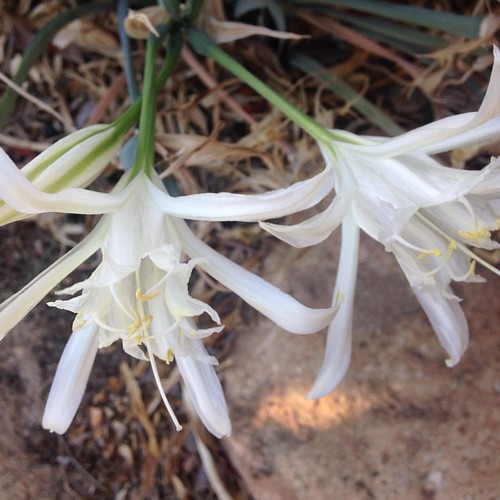
With its intoxicating scent and proximity to the sea, their luscious winter greenery and charcoal-like seeds, beach lilies give me inspiration constantly. The smell is similar to lilies but also to narcissus, but it's very delicate. Paired with the salty air of the Mediterranean it is easy to understand why they are so lovable.
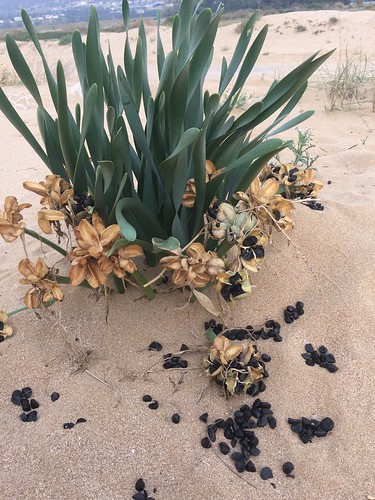
If I could I would wrap myself with their scent year-around. But of course that is not possible. So I've created an imaginary beach lily accord, and started playing with it in a couple of products. First came the scent itself - centred around ylang ylang and ginger lily, which I used in my bath and as a diffuser scent. Then I decided to make more of it and prepare body butters and scent it with this blend. The butters are amazing - I found a formula that actually works and is rich but also more easily absorbed, and does not develop annoying shea butter grains after it cools down. I whip it into a lovely creamy texture. It contains shea butter, cacao butter, virgin coconut oil and castor oil and a few other "secret ingredients".

Sadly, I found this base not to be the best canvas to carry the Beach Lily fragrance though. I wear it and enjoy it all the same, but the scent changes a bit in reaction to the base ingredients. I tried to scent the same formula of body butter with antoher fragrance and it turned out divine (Rahat Lukoum scent). So I know the formula is fine, but just does not lend itself well to all perfumes. This is why functional perfumery is so much more challenging, by the way.
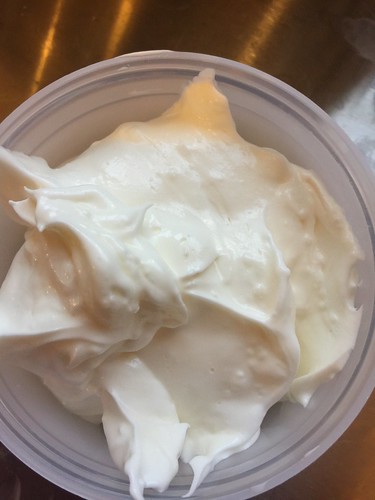
Lastly, I poured the scent into a lovely soap bar that is designed as a shampoo bar, but also good for all-over-the-body moisture and rich fluffy lather. Previously, I tried this new formula only with yang yang essential oil. It is an entirely different formula than my other soap bars, as it contains higher proportion of castor oil, that is an excellent humectant and conditioner for the hair), cacao butter, shea butter and coconut milk (!). I didn't want to risk putting a complex blend in it the first time, in case it does not turn all that great. But it turned out amazing, both in texture, lather, moisturizing properties and its ability to not dry the hair (I can easily use it on my dry curly hair without needing a conditioner after). It simply flew off the shelves. So this time I added the Beach Lily perfume and I think I'm going to hide some of it away before it will disappear!
I put the Beach Lily & Coconut Milk shampoo bar online already so that you can purchase it, and I think I will need to make a new batch pretty fast.

